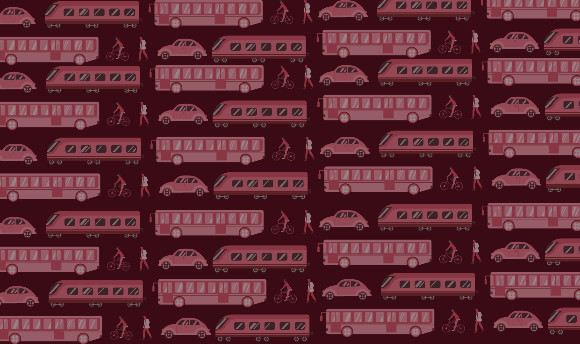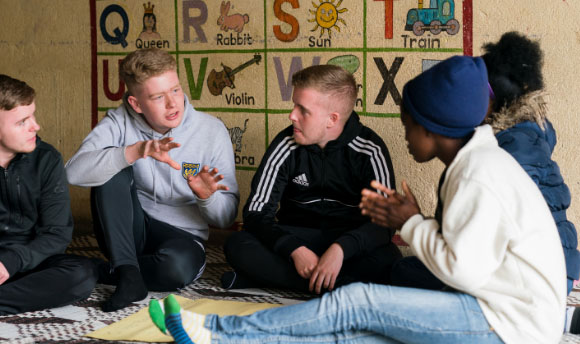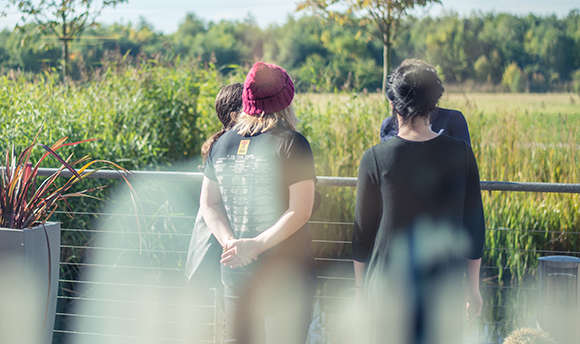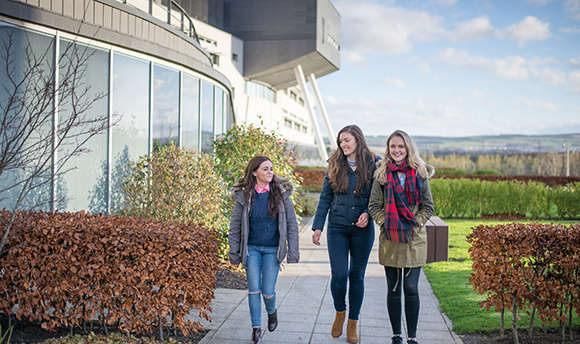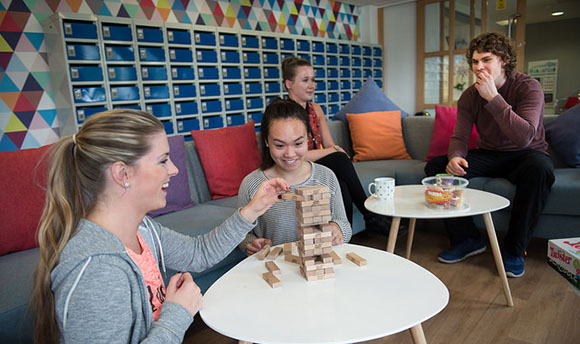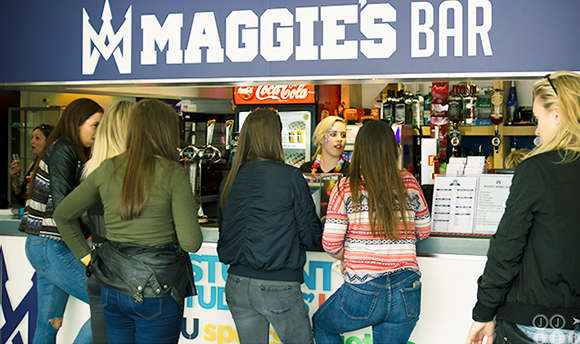From 25 October to 3 November 2019 my festival colleagues and I celebrated the 14th edition of the annual Africa in Motion (AiM) Film Festival in Scotland. I have worked for the festival since 2007, having volunteered, curated, programmed and co-directed it. It was founded by Dr Lizelle Bisschoff in 2006 and has become one of the largest festivals dedicated to African film in the UK. I am now one of the trustees and board members, specialising in curating animation programmes for children and adults, and programming North African films.
As a researcher of African film, AiM offers me the opportunity to take my work outside of the academy and onto our screens, to bring the best of African cinema to Scottish audiences. One of the central concerns of the festival is to raise awareness of the lack of diversity on UK/Scottish screens. While our festival focuses on films by Africans and the global African diaspora, the festival was for a long time run by White people. Since 2014, we have been committed to diversifying not only the screen but also the festival structure. Under producer Justine Atkinson’s stewardship, our curatorial practice has changed, and we now work in the spirit of her ideals of participatory programming. This ensures that no single voice dominates the curation process. To achieve participatory programming, we increasingly work with community groups, BAME artists, and curators of colour, firstly to foreground the talent of young people of colour in the UK who have not been given enough opportunities to showcase their knowledge, and secondly to ensure that we are taking a democratic and inclusive approach when creating the festival. In this process we emphasise awareness that African identity or ‘being African’ is not a monolithic or homogenous notion: it is complex, and not confined to the African continent due to histories of slavery, colonisation and contemporary migration. The festival aspires to be a non-hierarchical space.
I used to think of myself as an artistic director of the festival. Studying African cinema inspired me to share my growing knowledge with larger audiences, and the Filmhouse cinema was the perfect location, as it was a convenient venue with a pre-existing audience. But this audience was almost exclusively White. As an organisation we made efforts to work on what we called niche marketing – by going to community centres and organisations of BAME groups around Scotland – to reach out and invite a more diverse Scottish public to the screenings. Much of the funding for festivals is also focused on so-called “audience-development,” so our efforts were aligned with the funders’ main interests. We had some success with this, but I did not practice enough self-reflexivity to become aware of my privileged position. I also now cringe when I realise that we called it “niche” marketing, because really, the African diaspora in Scotland should have been our main audience from the start.
Over the past five years, the festival has started to open up the programming structure and practice, based on discussions around White privilege, access and space, and my attitude changed gradually. I say gradually because for a long time I still found my knowledge of North African cinema important enough to take responsibility for that strand on the programme. Becoming aware of one’s privilege and of institutionalised racism is an intense personal process, mostly because it requires humility. Being self-reflexive enough to do something about one’s privilege takes time, openness of mind and a lot of willingness to listen to criticism, which is not easy to do. The fact that White curators dominated the festival for a number of years necessitated opening up space for new voices within the organisation. Realising and recognising my White (and other) privileges, and becoming acutely aware of the space White people take up in the arts sector in Scotland, has empowered not just me (and others at the festival) but also the way the festival has developed and become one of the most important platforms for diversity both on screen and behind the scenes.
Since 2015, AiM’s Programming Traineeship Scheme involves the team looking for the most talented new curatorial voices in film in the UK, and specifically recruits candidates from BAME backgrounds who curate their own events. We also work with community groups, who are asked to discuss topics and themes and decide on what they want to see. Lastly, we run a programme called Reviving Scotland’s Black History where BAME programmers learn about Black history in Scotland and about film curation. These initiatives have changed the shape of the festival, bringing in new films and strands derived from the positionality of the curators brought in by the participatory practices and, importantly, bringing lively new audiences to our events. Around 36% AiM audiences were from a BAME background, which is significantly higher than the national average of 16% of BAME communities who attend arts events in Scotland and an increase from the 2018 edition, when BAME audiences made up 28% of our total audience. The talented new curators also helped us to diversify our staff team, as a number of trainees moved into paid positions and 60% of the paid staff are now from a Black, Asian and Minority Ethnic (BAME) background.
AiM’s participatory programming strategy has proved to be both challenging and rewarding. The main challenge was bringing together so many different voices in one space that had to be made non-hierarchical and safe. Having been attached to the festival for 13 years I had to put aside my sense of ownership and shut my mouth to listen to the younger curators’ ideas. In order to create a safe space where all curators felt able to speak openly, we needed time to collaboratively explain the basic goals of the festival but also show our genuine interest in change, through gentle encouragement and appreciation of new ideas. One of the most important things I have learnt is that an open and friendly face and the word “yes” are immensely powerful tools in dialogue. I also had to understand that my presence as a White academic inhibited some of the young curators of colour. Allowing for silences and not interrupting the conversation at first felt painful but became liberating. It taught me to take a back seat, to trust others to take the lead curatorially. Their events (for example: one event focused on Afrofuturism, another on African fabrics and patterns) opened my eyes to my limitations as a White curator. Through these challenging discussions with young people of colour, my practice as a curator is changing from a self-confident, privileged positionality to a more creative, collaborative, and calmer self-awareness as a festival organiser.
The reward became clear in the sense that the multitude of voices – young and older, Black, White and mixed-race, and of all genders – has shown us how rich and privileged we are in the UK and in Scotland. Audiences, staff and volunteers (including a number of QMU students) were all able to benefit from the energy and power of the diverse curatorial voices, who helped us to see unique films and experience new events. As a White person of considerable privilege and a certain age, I would not be able to organise such dynamic, innovative events. Each curatorial voice brings with it a different style, audience, and approach.
